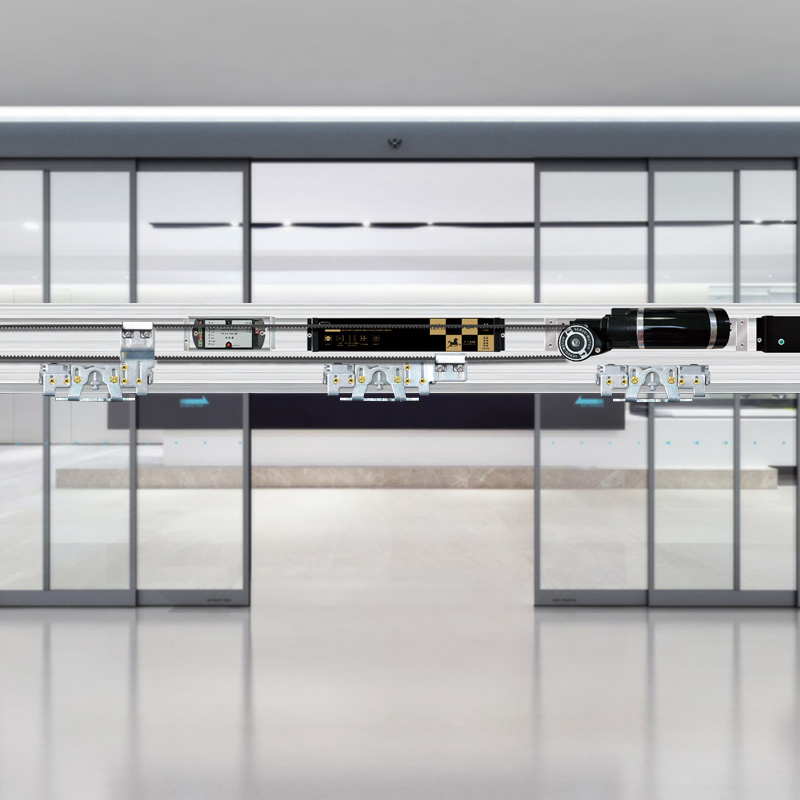What safety features are typically integrated into automatic sliding door operators?
Automatic sliding door operators have become ubiquitous in various public and private spaces, providing convenient and efficient access. Ensuring the safety of users and preventing accidents is paramount in the design of these systems. In this article, we explore the safety features that are typically integrated into automatic sliding door operators to create secure and reliable entrances.

1. Motion Sensors:
Motion sensors are a fundamental safety feature in automatic sliding door operators. These sensors detect movement in the door's path, ensuring that the door stops or reverses its motion if it senses an obstruction, preventing accidental collisions with users.
2. Presence Sensors:
Presence sensors complement motion sensors by detecting the presence of individuals near the door. This feature prevents the door from closing on someone standing in the doorway, enhancing safety and avoiding potential injuries.
3. Safety Beams:
Safety beams, also known as infrared sensors, create an invisible beam of light across the doorway. If the beam is interrupted by an object or person, the door operator receives a signal to stop or reverse its movement, preventing accidents and providing an additional layer of safety.
4. Pressure Sensors:
Pressure sensors are designed to detect resistance or force applied to the door. If the door encounters an obstacle, the pressure sensors trigger the operator to halt or change direction, minimizing the risk of injury or damage.
5. Emergency Stop Button:
An emergency stop button is a manual safety feature that allows users to halt the operation of the sliding door immediately. This is useful in emergency situations or when unexpected hazards arise, providing users with a quick and accessible means to stop the door.
6. Slow Start and Stop Functionality:
To prevent abrupt movements and ensure smooth operation, automatic sliding door operators often incorporate a slow start and stop functionality. This gradual acceleration and deceleration enhance safety by reducing the risk of users being caught off guard by sudden door movements.
7. Battery Backup Systems:
In the event of a power outage, battery backup systems ensure that automatic sliding doors can still operate temporarily. This feature is crucial for maintaining accessibility and safety during emergencies or power failures.
8. Low Energy Mode:
Low energy mode is a feature designed for specific environments where a reduced opening and closing force is required. This mode is often used in locations where users may have limited mobility, enhancing safety without compromising accessibility.
9. Compliance with Standards:
Automatic sliding door operators are designed to comply with safety standards and regulations, such as ANSI/BHMA A156.10 for power-operated pedestrian doors. Adherence to these standards ensures that the operators meet established safety criteria.
10. Diagnostic and Monitoring Systems:
Some advanced automatic sliding door operators include diagnostic and monitoring systems. These systems continuously assess the performance of the operator, detect potential issues, and provide alerts or notifications for timely maintenance, ensuring ongoing safety.
Conclusion:
Automatic sliding door operators prioritize safety through the integration of multiple features designed to prevent accidents and protect users. From motion and presence sensors to safety beams, pressure sensors, and emergency stop buttons, these safety mechanisms work together to create secure and reliable entrances. Compliance with standards, battery backup systems, and diagnostic features further contribute to the overall safety of automatic sliding door operators, making them essential components in modern building entrances.







